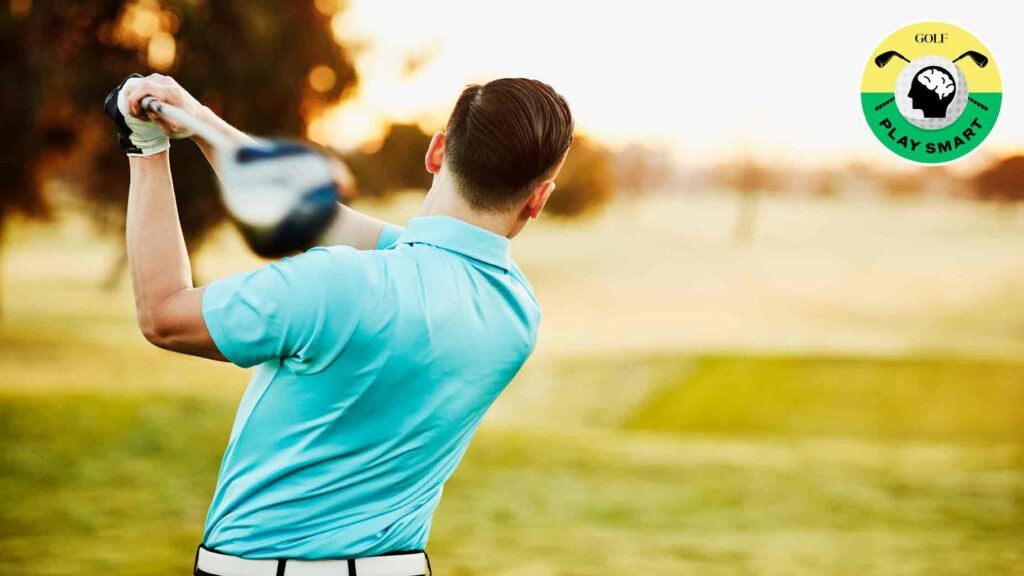Welcome to Play Smart, a regular GOLF.com game-improvement column that will help you play smarter, better golf.
Many amateurs seek more power and clubhead speed, hoping to gain distance with all of their shots — and not just with the driver. But one important thing to remember is how critical your hands are in order to accomplish this — because how you move your hands and body together are important in developing club and ball speed.
We are all trying to get as much energy as we can into the club, clubhead and ball at impact. Therefore, we must swing the club with rhythm, balance and stability. You must also be able to use the ground with your feet to create effective body motion, which will help you increase speed.
But how many times have you tried to swing the club fast and found yourself losing your balance, impacting your clubhead speed? Probably quite often — and you’re not alone.
When you lose your stability, rhythm and balance in the golf swing, the effort to create motion can never efficiently get out of the body and into the hand/grip connection; or the club, clubhead and ball.
Blast Motion Speed Analyzer Package
In today’s edition of Play Smart, PGA Certified Instructor Rick Murphy breaks down six functional movements that will help you assess and improve your mobility, which will help you reveal your stability. It’s something he likes to call “mostability”.
Murphy says that, by improving your “mostability,” you’ll allow yourself the best opportunity for increased clubhead and ball speed. This will lead to more power and distance in your game.
So take a look below at Murphy’s movements. By incorporating each into your warm-up routine before practicing or playing, you’ll instantly begin to create more mobility and stability for longer shots. Give them a go!
1. Right leg lunge (right)
Starting in your normal address position, place your feet one foot apart. Do a right foot/leg lunge, stepping laterally to the right and loading the weight onto your right foot, leg and hip. At the same time, simultaneously rotate your hips and shoulders fully to the right.
2. Right leg anterior lunge (forward)
Like above, start in your normal address position, with your feet one foot apart. Do a right foot/leg anterior lunge, stepping forward and loading the weight onto your right foot, leg and hip. Now, simultaneously rotate your hips and shoulders fully to the right.
3. Right leg interior lunge (back)
In your normal address position with your feet one foot apart, do a right foot/leg anterior lunge, stepping back to the right and loading the weight onto your right foot, leg and hip. Rotate your hips and shoulders fully to the right at the same time.
4. Left leg lunge (lateral)
Setting up in your normal address position, do a left foot/leg lunge, stepping laterally to the left and loading the weight onto your left foot, leg and hip. At the same time, rotate your hips and shoulders fully to the left.
5. Left leg anterior lunge (forward)
Once again, begin in your normal set up, with the feet one foot apart. Next, do a left foot/leg anterior lunge, stepping forward to load the weight onto your left foot, leg and hip. Now simultaneously rotate your hips and shoulders fully to the left.
6. Left leg posterior lunge (back)
Finally, from your normal address position with your feet one foot apart, do a left foot/leg posterior lunge, stepping back to the left and loading the weight onto your left foot, leg and hip. At the same time, rotate your hips and shoulders fully to the left.
